Shriram Ramanathan
Temporal credit assignment for one-shot learning utilizing a phase transition material
Sep 29, 2023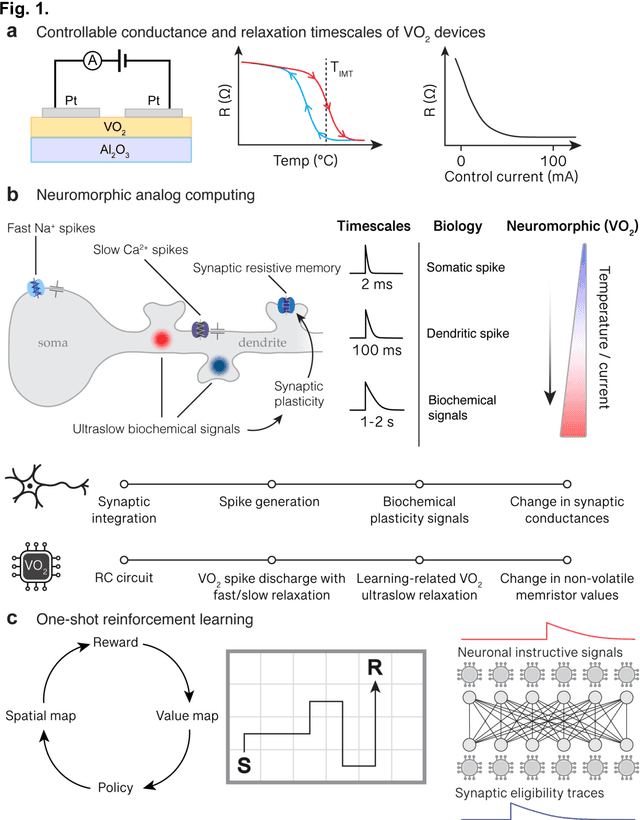
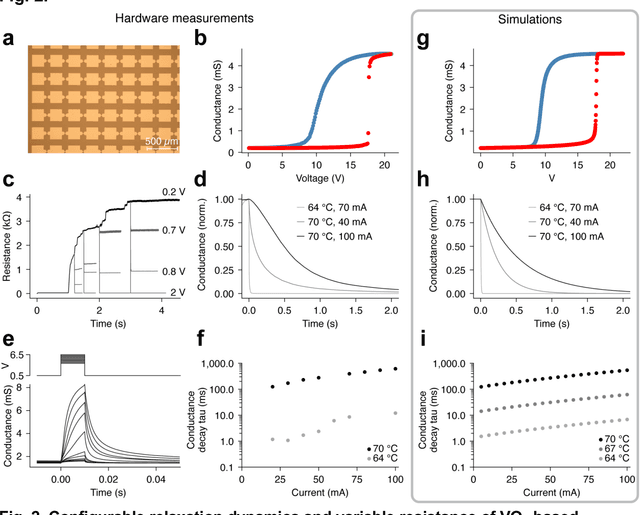
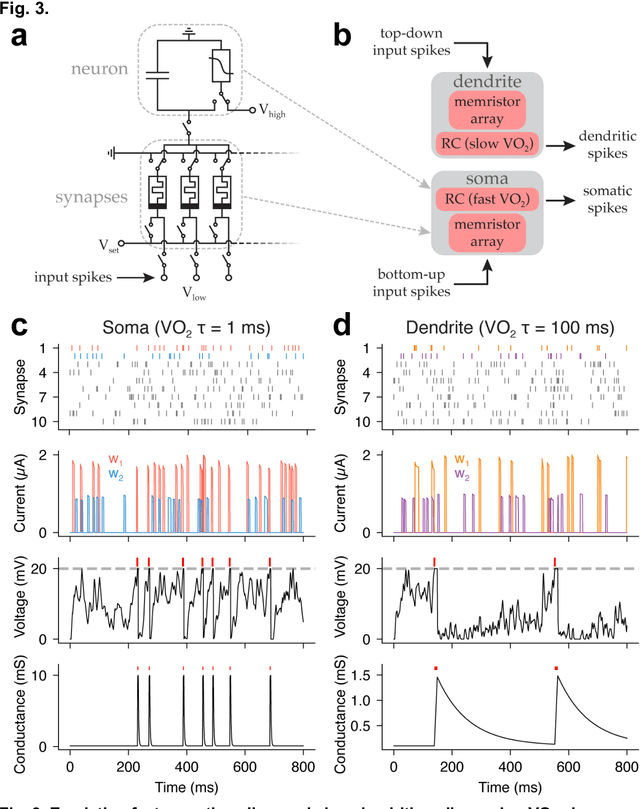
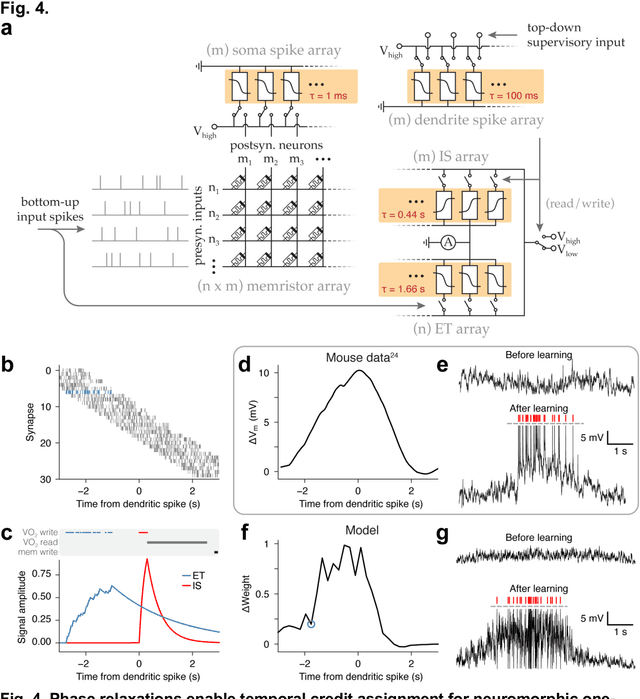
Abstract:Design of hardware based on biological principles of neuronal computation and plasticity in the brain is a leading approach to realizing energy- and sample-efficient artificial intelligence and learning machines. An important factor in selection of the hardware building blocks is the identification of candidate materials with physical properties suitable to emulate the large dynamic ranges and varied timescales of neuronal signaling. Previous work has shown that the all-or-none spiking behavior of neurons can be mimicked by threshold switches utilizing phase transitions. Here we demonstrate that devices based on a prototypical metal-insulator-transition material, vanadium dioxide (VO2), can be dynamically controlled to access a continuum of intermediate resistance states. Furthermore, the timescale of their intrinsic relaxation can be configured to match a range of biologically-relevant timescales from milliseconds to seconds. We exploit these device properties to emulate three aspects of neuronal analog computation: fast (~1 ms) spiking in a neuronal soma compartment, slow (~100 ms) spiking in a dendritic compartment, and ultraslow (~1 s) biochemical signaling involved in temporal credit assignment for a recently discovered biological mechanism of one-shot learning. Simulations show that an artificial neural network using properties of VO2 devices to control an agent navigating a spatial environment can learn an efficient path to a reward in up to 4 fold fewer trials than standard methods. The phase relaxations described in our study may be engineered in a variety of materials, and can be controlled by thermal, electrical, or optical stimuli, suggesting further opportunities to emulate biological learning.
Quantum materials for energy-efficient neuromorphic computing
Apr 04, 2022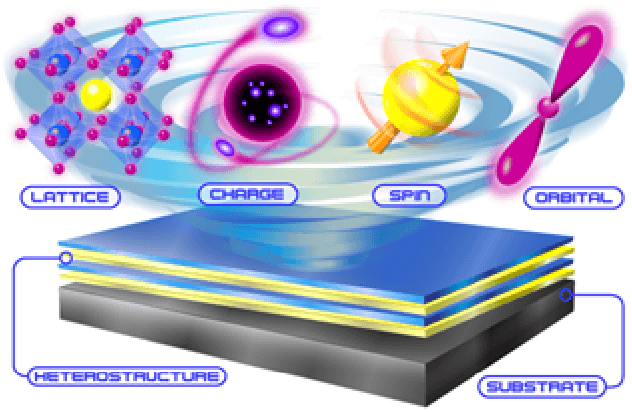
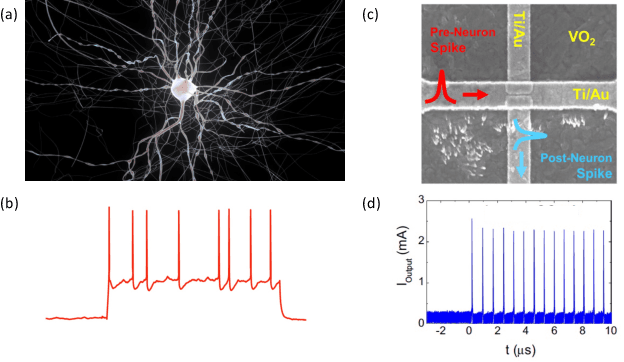
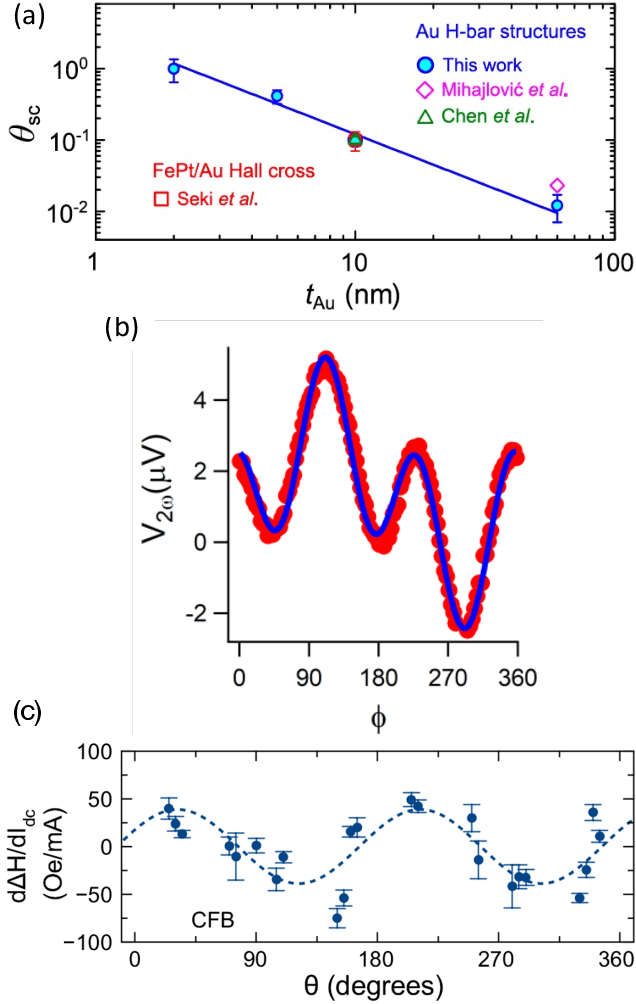
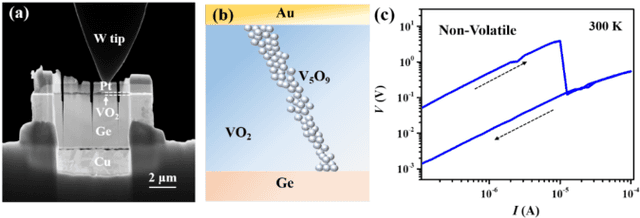
Abstract:Neuromorphic computing approaches become increasingly important as we address future needs for efficiently processing massive amounts of data. The unique attributes of quantum materials can help address these needs by enabling new energy-efficient device concepts that implement neuromorphic ideas at the hardware level. In particular, strong correlations give rise to highly non-linear responses, such as conductive phase transitions that can be harnessed for short and long-term plasticity. Similarly, magnetization dynamics are strongly non-linear and can be utilized for data classification. This paper discusses select examples of these approaches, and provides a perspective for the current opportunities and challenges for assembling quantum-material-based devices for neuromorphic functionalities into larger emergent complex network systems.
ASP: Learning to Forget with Adaptive Synaptic Plasticity in Spiking Neural Networks
Jun 08, 2018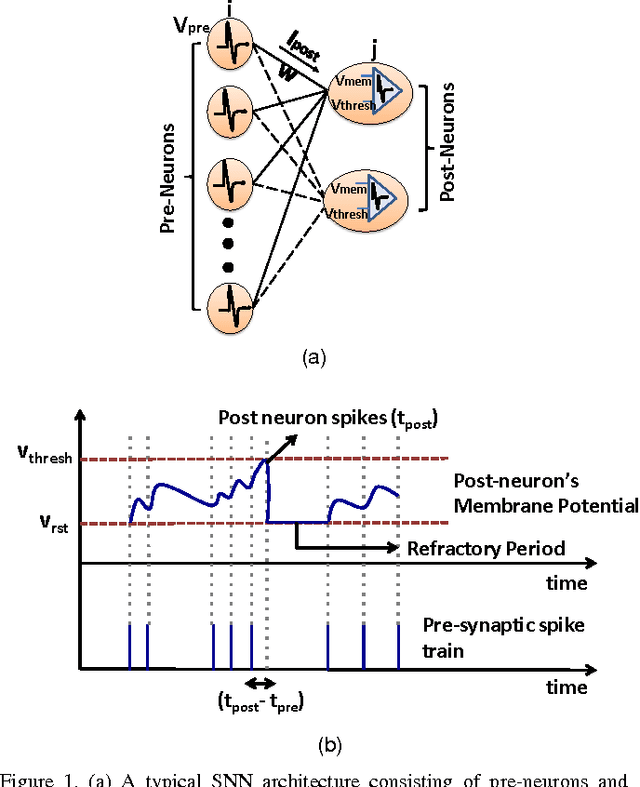
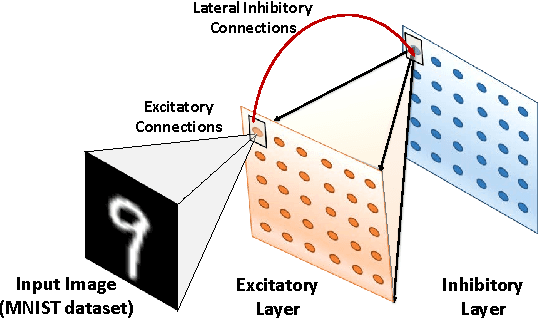
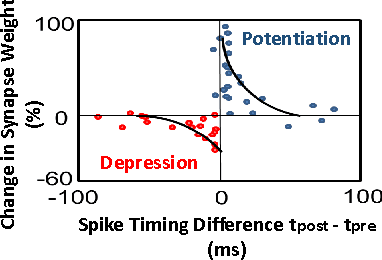
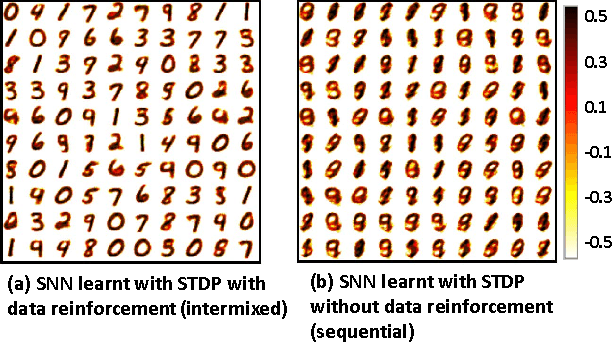
Abstract:A fundamental feature of learning in animals is the "ability to forget" that allows an organism to perceive, model and make decisions from disparate streams of information and adapt to changing environments. Against this backdrop, we present a novel unsupervised learning mechanism ASP (Adaptive Synaptic Plasticity) for improved recognition with Spiking Neural Networks (SNNs) for real time on-line learning in a dynamic environment. We incorporate an adaptive weight decay mechanism with the traditional Spike Timing Dependent Plasticity (STDP) learning to model adaptivity in SNNs. The leak rate of the synaptic weights is modulated based on the temporal correlation between the spiking patterns of the pre- and post-synaptic neurons. This mechanism helps in gradual forgetting of insignificant data while retaining significant, yet old, information. ASP, thus, maintains a balance between forgetting and immediate learning to construct a stable-plastic self-adaptive SNN for continuously changing inputs. We demonstrate that the proposed learning methodology addresses catastrophic forgetting while yielding significantly improved accuracy over the conventional STDP learning method for digit recognition applications. Additionally, we observe that the proposed learning model automatically encodes selective attention towards relevant features in the input data while eliminating the influence of background noise (or denoising) further improving the robustness of the ASP learning.
* 14 pages, 14 figures
 Add to Chrome
Add to Chrome Add to Firefox
Add to Firefox Add to Edge
Add to Edge